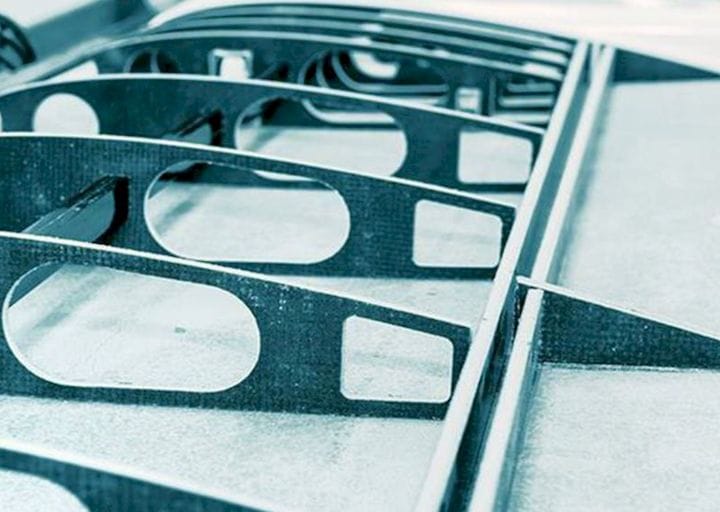![Additive Manufacturing for the Aerospace Industry [Source: Amazon]](https://fabbaloo.com/wp-content/uploads/2020/05/image-asset_img_5eb098c644b93.jpg)
This week’s selection is “Additive Manufacturing for the Aerospace Industry” by Francis H. Froes and Rodney Boyer.
Perhaps the premier use case for 3D printing today is that employed by the aerospace industry. This industry thrives on producing components with far less weight, which goes a long way to creating more efficient air and spacecraft. Those in the industry have figured out ways to leverage the technology of 3D printing to do this quite effectively.
Today we find increasingly extensive 3D printing installations present in aerospace facilities, primarily, but not exclusively, using metal 3D printing. These machines now produce not only prototypes, but also final production parts that are used on aircraft, including in some cases flight-critical parts.
Not all aerospace work is done with 3D printing, of course, as it is still quite early on the learning curve for most organizations. That’s where this book comes in.
The book is a collection of essays on topics related to using metal 3D printing in the aerospace industry.
There is a considerable discussion on the materials employed by aerospace as they relate to 3D printing technologies. At this time we find the available materials for metal 3D printing to be somewhat restricted, but there are still many commonly used in aerospace available.
Discussion follows on design techniques for 3D printed metal components. This is perhaps the key element of the technology’s use in aerospace, as it is the innovative designs that have driven the usage forward. These often highly complex designs are the key to losing excess weight and saving material. Sometimes they are created automatically, using generative design.
A big part of production use is quality control. In this section the notion of testing is explored. Of all the industries making extensive use of 3D printing, aerospace and medical both require notably high levels of confidence that the parts will work as designed, hence the interest in quality control.
Most metal 3D printing equipment can use “open materials” provided by third parties. This allows the operator to explore new alloys that might not have been used previously on the device. One section of the book explores aspects of fine metal powder to understand how shape and environment can affect the printing outcomes.
After printing is complete, a post-processing stage is generally required where the metal part is heat treated. This helps optimize the molecular microstructure and make the parts stronger. A chapter of the book investigates different techniques for accomplishing this.
Of course, like all types of 3D printing, metal 3D printing is not without failures. One chapter of the book explores a number of failure scenarios, including:
-
Weldability issues
-
Solidification cracking
-
Liquation cracking
-
Strain-age cracking
-
Ductility dip cracking
It seems to us that this book might be of great interest to anyone in the aerospace industry who seeks more information on the details of metal 3D printing.
Via Amazon











This week’s selection is “3D Printing Projects” by Dorling Kindersley, a.k.a. “DK”.